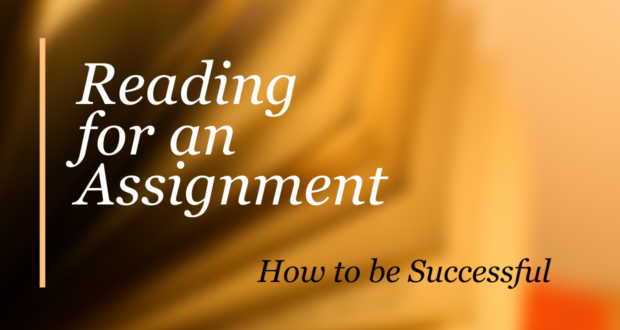Summary
Reading for an assignment is not like reading to unwind before bedtime, or scanning the comic section of the newspaper, even if you enjoy “school reading” as much as “pleasure reading.”Do you ever wonder why you can’t find the answers for a literature test? Do you find it difficult to remember the details of a story?
Are you struggling to find examples for your book analyses? Are you typically at a loss when you’re asked to pick out motifs, and even more so when you have to identify a theme? Do you normally fail to recognize the symbolism in a story?
Do you feel hopelessly lost when it comes to analyzing what you read?
Above all, have you ever wondered why other people seem to get so excited about what they read, and why they have so much to say about it?
If you’ve answered yes to any of these questions, don’t worry. Many people have done so before you.
All it takes is a little adjustment to the way you read.
Reading for an assignment is not like reading to unwind before bedtime, or scanning the comic section of the newspaper, even if you enjoy “school reading” as much as “pleasure reading.”
When you read for an assignment, you must have a plan for your reading: a conscious, carefully-crafted method of approaching your literature. To fully grasp the material in a work of literature and to experience the fullness of its riches, you can’t just plop down in a corner somewhere and start reading.
1: Be prepared
Never read without a pen and a notebook. At the beginning of the school year, start a notebook to devote to reading.
This will be a sort of literary journal that will accompany you in your quest for literary knowledge.
You can record important quotes, jot down page references for essays, describe your impressions of writing styles, catalog character traits, trace significant events in the plot, and generally write anything that helps you solidify your knowledge of the works you read.
2: Know what to look for
read the assignment before you read the book. Review the discussion questions ahead of time, and note what they’re asking you to identify and explain.
If there are introductory remarks in the Lesson Plan, study them. Copy down important sections in your literary journal, so you have a reminder of ideas, motifs, symbols, and literary devices that you should expect to see.
Read the chapter notes first to get a sense of the plot, so that you can free your mind to think about deeper issues as you read.
Look at your assigned essay topics, and compile a list of important ideas for your essay, so that you will recognize pertinent passages as you read.
3: Mark your books!
When we were children, our parents always told us not to scribble on the family books, not to crumple them, tear them, draw in them, or otherwise mark the books on our shelves. We certainly wouldn’t want to do any indiscriminate marking, but there does come a time when as students, we really should start marking up the books we study.
So get out your highlighters in different colors. Assign a different color to each of the major ideas you are pursuing in the book, and underline the important passages you encounter in the properly corresponding color.
This makes understanding the book much easier, and it makes paper-writing immensely easier because your quotes are not difficult to find.
If you borrowed the book and are thus unable to write in it, use post-it notes or sticky tabs instead. Copy the first few words of the quote you think important onto the sticky note, and place the sticky note on the edge of the quoted page where it will remain visible when the book is closed.
RULE 4: Follow your thoughts and write them down.
When a passage in a book sparks further meditation and reflection, use the opportunity to develop your thoughts about the literature and its ideas.
Copy your thoughts with short notation in the margin near the inspiring passage, or at greater length in your notebook.
This will benefit you later when you are working on your assignments because not only will you have developed a deeper understanding of the material, but you will also be able to retrace thought patterns that might contribute to your answers and essays.
These four rules are the key to conscious reading. If you can follow these steps, you are sure to have a much better understanding of your literature, to have a great deal more to say about what you’ve been reading, and ultimately, to have a much easier time completing assignments.
You will also begin to experience the joys and thrills of the delightful world of Literature! Happy Reading!

 Seton Magazine Catholic Homeschool Articles, Advice & Resources
Seton Magazine Catholic Homeschool Articles, Advice & Resources

